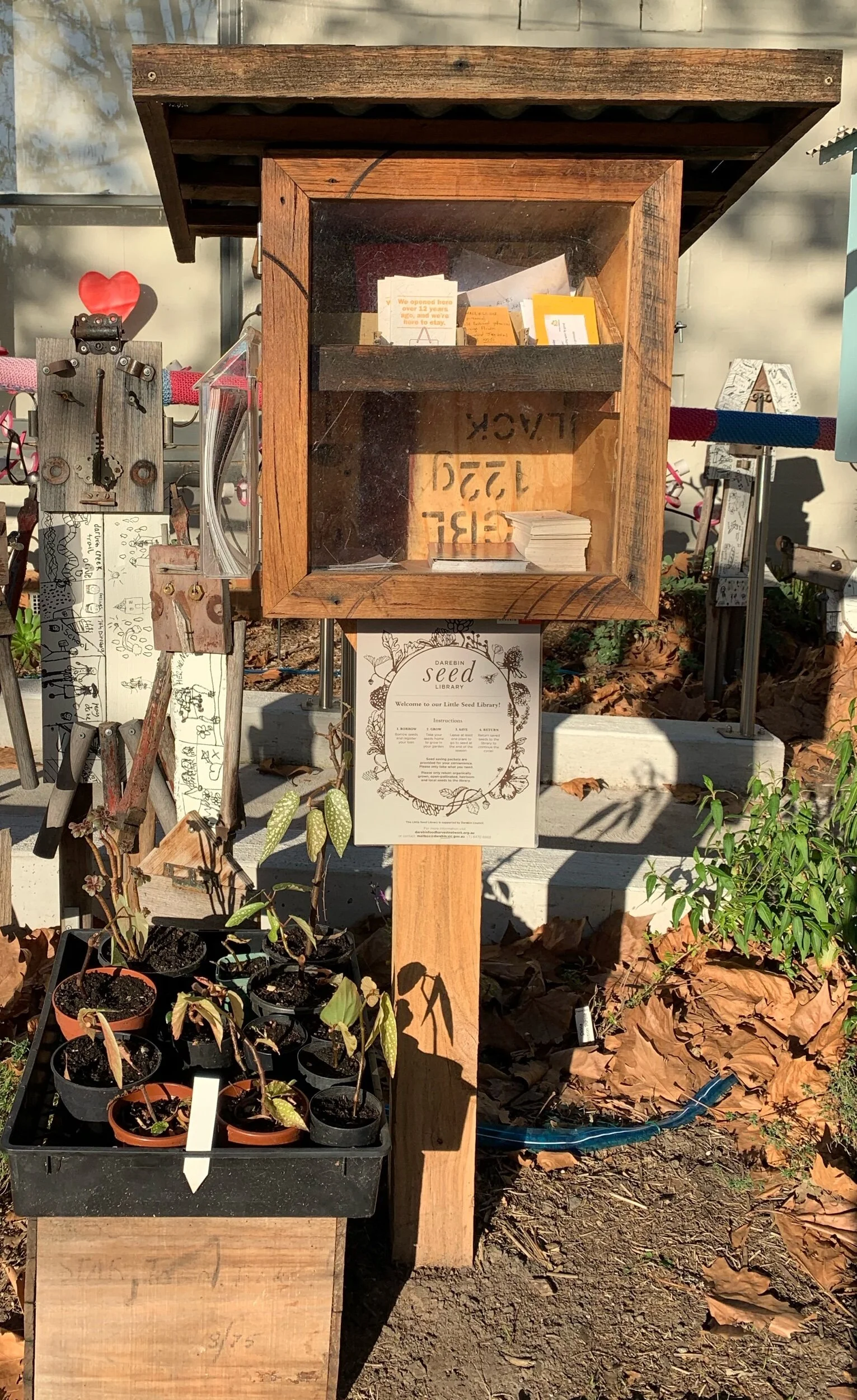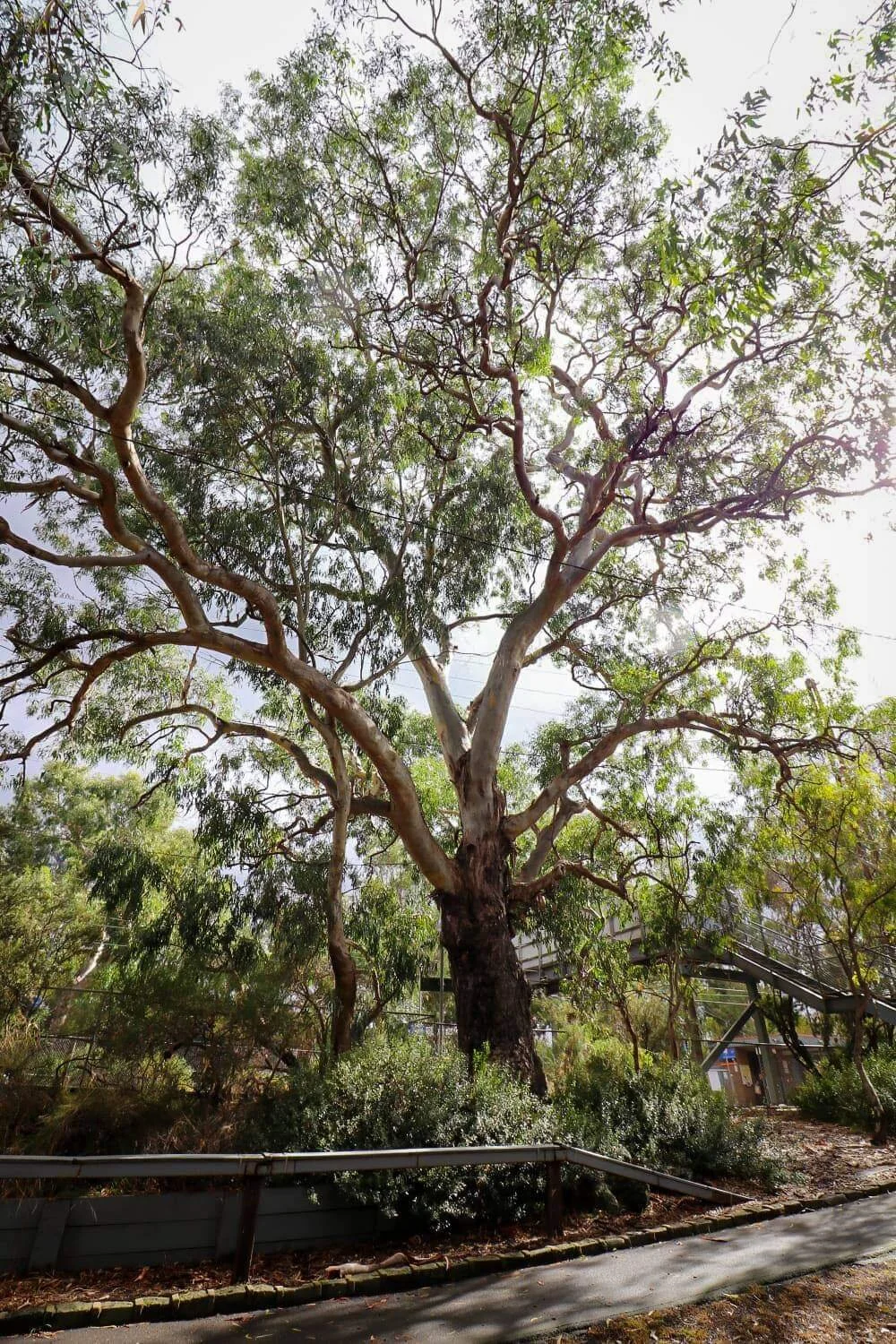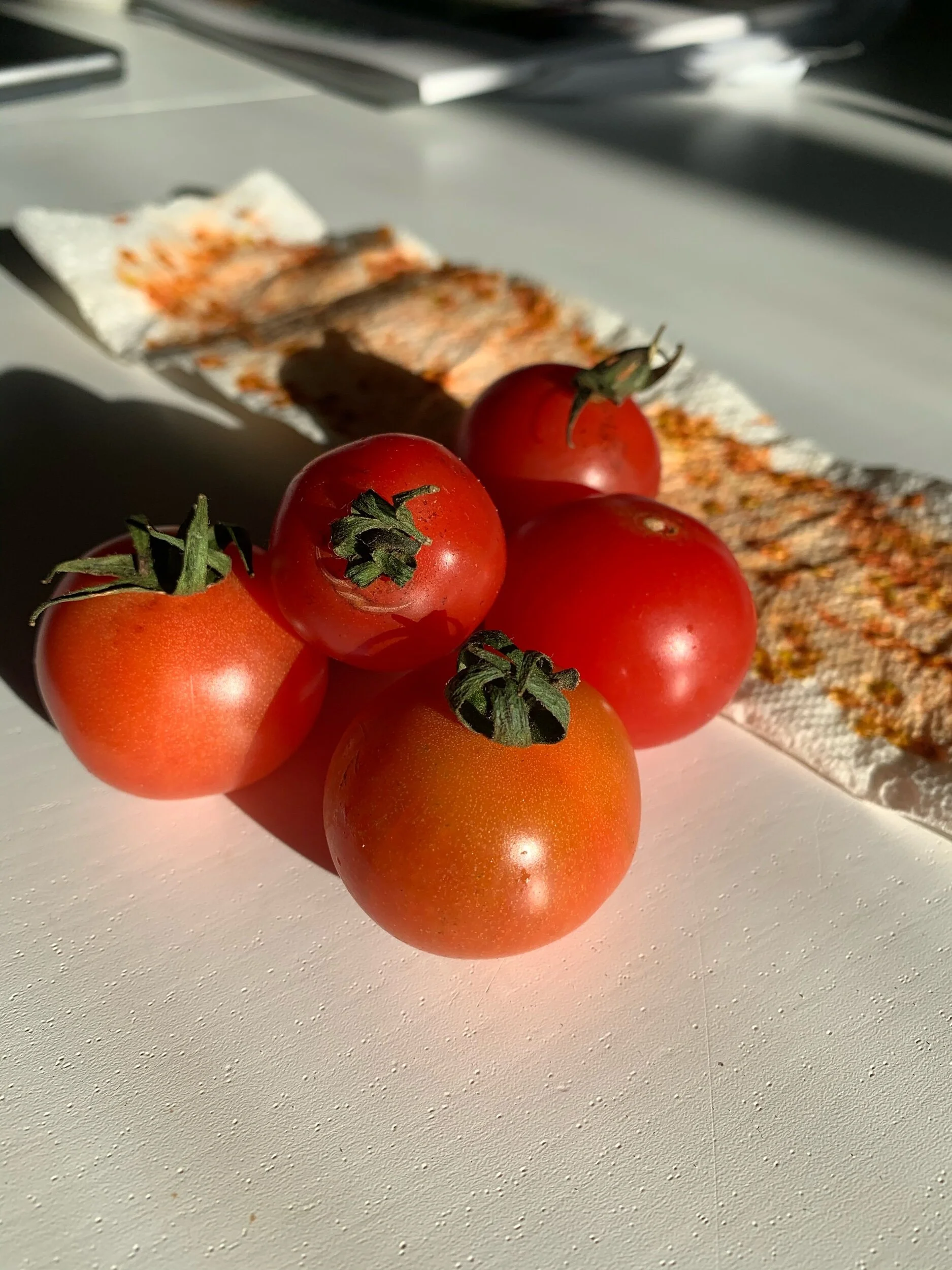Our little houses are jam packed with plants and seeds and books. Make the most of the glorious autumnal days with a neighbourhood walk - and pop past ACC to enjoy some community sharing and caring! ❤️
ACC Online
“connecting our community”
A few* years ago when Becca was still around we had Maria from My Green Garden come along to run an olive preserving workshop here at ACC. And at the end of the workshop we were instructed to put our brined produce in a dark place to do their magic.
Fast forward to today and at our home we are just about to renovate. And so the ‘dark place’ (in our case that being the bottom shelf of the pantry) was emptied. And the olives emerged.
I have to say they don’t look that fancy on the outside. But oh boy, they taste amazing.
I am convinced and now 150% on board with home olive preserving - if you’ve got the space to put them away for a year or two (or five!).
The method we used that I liked the most was a simple 10% salt brine solution, with a sheet of baking paper under the lid and a dash of olive oil on top of the water. One jar I opened also had a scrunched ball of paper inside to keep the olives under the water level. I know we tried a few methods in the workshop and I think Maria may have presoaked some of the olives for 4-10 days beforehand (my jars had notes on the lids reminding me of the pickling process). Others went straight in (note they just take longer to taste good).
I know I’ve been a bit vague with the details … but it was a while ago now … so here is a similar recipe to what I remember and here is another simple recipe from Mount Zero Olives that you might also like to try … their olives are delicious right? This recipe includes some vinegar and a two step process. But still seems doable.
Did you do that workshop too? It’d be great to hear what you thought (and if your olives were as yummy as mine).
*that’d be 2016!
A lovely photo of Anne starting the process of planting up our new garden bed from last week. We’ve got a dwarf lime for the centre of this bed, and then we’re filling it up around the edges with herbs - parsley, sage and oregano. Under the lime we’ll put some shallow root flowers to add a bit of colourful cheer like nasturtiums and alyssum.
The back two beds will have a clump or two of permanent plants like heritage rhubarb (this donation from our friend Mark has struggled along out on the front nature strip) and pineapple sage (ideal for neighbourhood cocktails hey friends …) and then some leafy greens and other crops that we’ll rotate through seasonally - for cooking and salads etc.
Fun hey? We’re also in the process of putting in a little seed raising greenhouse and potting station.
So if you are interested and would like to do something community minded and outdoorsy on a Friday morning - you might like to join us in the garden. Come along from 10am. We’ll reward your hard work with morning tea at 11.30am!
Note this week we’ll be planting out these beds AND spreading tan bark. So all muscled-wheel-barrow-friendly-folk are particularly welcome!
Hi friends, exciting news across the street from us. The lovely river red gum at Alphington Station has been nominated as a mature (pre-settlement) tree for the National Trust ‘Tree of the Year’. But … to win it needs your vote.
HOW TO VOTE
Visit the National Trust Facebook page from Sunday 18 April to Sunday 2 May 2021 during the Australian Heritage Festival and “click like” on the tree you would like to win the ‘Tree of the Year’ title, or email your vote to conservation@nattrust.com.au.
Eucalyptus camaldulensis
Alphington Station
This river red gum is approximately 200-300 years old and contributes greatly to the urban Alphington station landscape. Thanks to passionate community members, this tree was saved from being removed as part of proposed carpark development in 2013 and holds significant importance for the local community.
And also thanks to local community volunteers, the area near the tree has undergone restoration and there are now a number of younger River Red Gums around it, creating a beautiful natural setting around the station.
This tree is significant at a Regional level as a mature indigenous tree in an urban landscape context, which provides a contribution to the landscape and railway setting.
The National Heritage Trust note that fittingly the wall opposite the tree is painted with "Save the trees".
Keen to find out more about the other trees nominated? Click here.
Hi Leanne here.
I’ve been at my sister’s farm for Easter and I was quite excited at her tomato seed saving approach, so I thought I’d share some photos. They are pretty self explanatory …
Just choose some of the more overripe tomatoes you grew and squeeze the seeds out onto paper towel to dry them out.
Then when you are ready, you can plant the paper directly. Or chop the paper up and share your bounty. Great hey?
And also a picture of the farm at sunrise just a you can see how beautiful it is … standing at the back door looking east towards The Grampians.













